Potentially deadly comets could be spotted many years in advance by following the meteoroid trails they leave near Earth, new research shows.
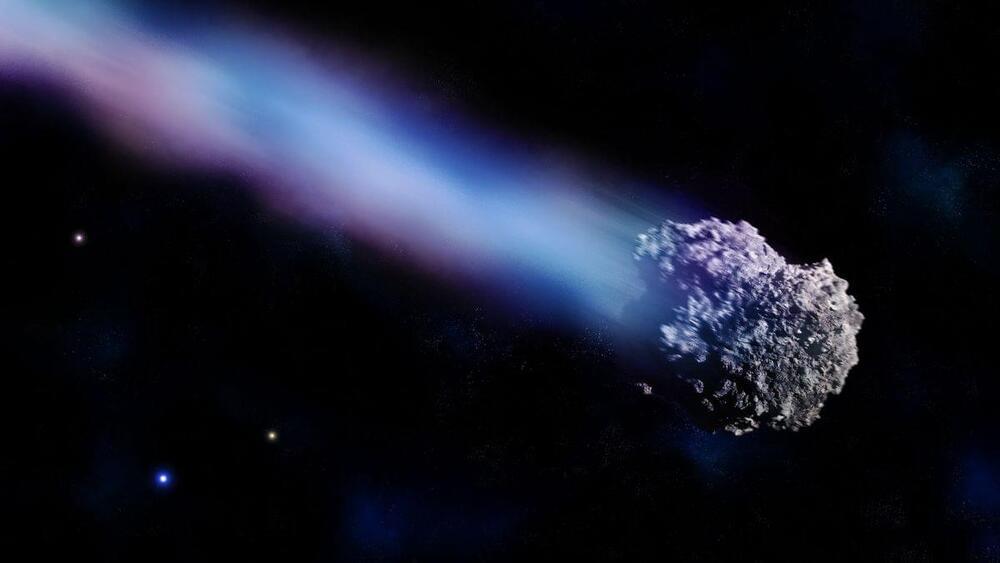

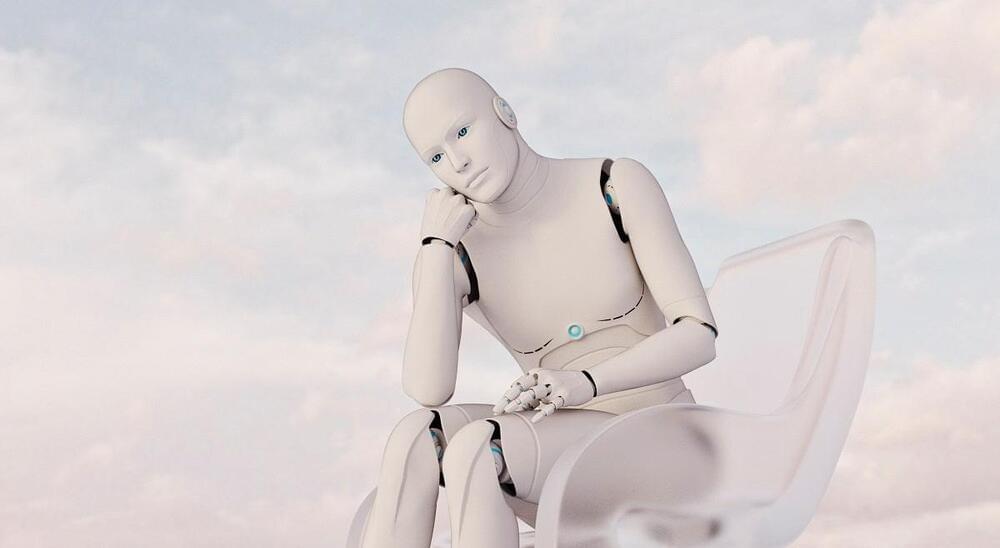
Minnesota researchers boost semiconductor transparency and speed for high-power devices.
A team of researchers at the University of Minnesota has developed a next-generation transparent and efficient semiconductor material. This breakthrough could have enormous ramifications for improving the efficiency of high-power electronics, especially those that need transparency, like lasers.
The material is entirely manmade, allowing electrons to travel faster while remaining transparent to visible and ultraviolet light.

Adolescents see a greater remission of type 2 diabetes compared to adults.
What
Young people with severe obesity who underwent weight-loss surgery at age 19 or younger continued to see sustained weight loss and resolution of common obesity-related comorbidities 10 years later, according to results from a large clinical study funded by the National Institutes of Health (NIH).
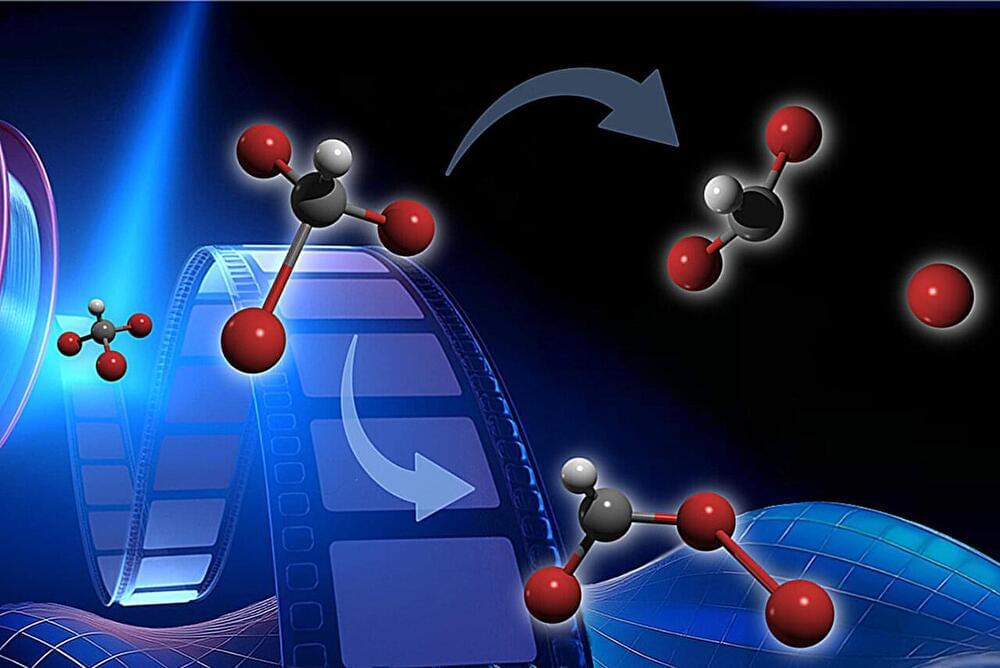
For the first time, researchers have observed how bromoform rearranges its atoms in less than a trillionth of a second after it gets hit by an ultraviolet (UV) pulse. The imaging technique captured a long-predicted pathway by which the ozone-layer-damaging molecule transforms its structure upon interaction with light.
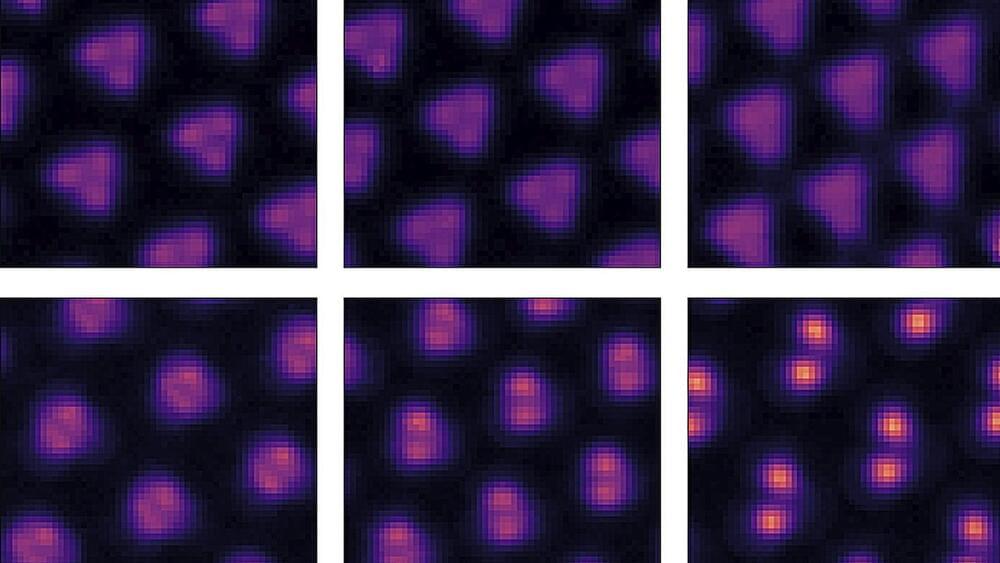
A small twist allowed scientists to capture a rare quantum phase that has been under the shadows for decades.
“Wigner molecular crystals are important because they may exhibit novel transport and spin properties that could be useful for future quantum technologies such as quantum simulations,” researchers at the Lawrence Berkeley National Laboratory (LBL) note.
For the first time, LBL researchers have captured direct images of the Wigner molecular crystal using scanning tunneling microscopy (STM) —- an imaging technique that produces high-resolution visuals of materials at the atomic scale.
“We are the first to directly observe this new quantum phase, which was quite unexpected. It’s pretty exciting,” said Feng Wang, one of the study authors and a physicist at the University of California, Berkeley.

Scientists recently reported a monumental discovery in astrophysics: the detection of low-frequency gravitational waves. This breakthrough was made by NANOGrav (North American Nanohertz Observatory for Gravitational Waves), which released findings in The Astrophysical Journal Letters. These waves, predicted by Einstein, are generated when massive objects like supermassive black holes interact, creating cosmic ripples across spacetime. For the first time, researchers have managed to “hear” these background vibrations of the universe, likened to the faint, low hum in a cosmic orchestra. This detection not only broadens our understanding of gravitational waves but also opens up a new chapter in studying the universe’s largest objects and events.
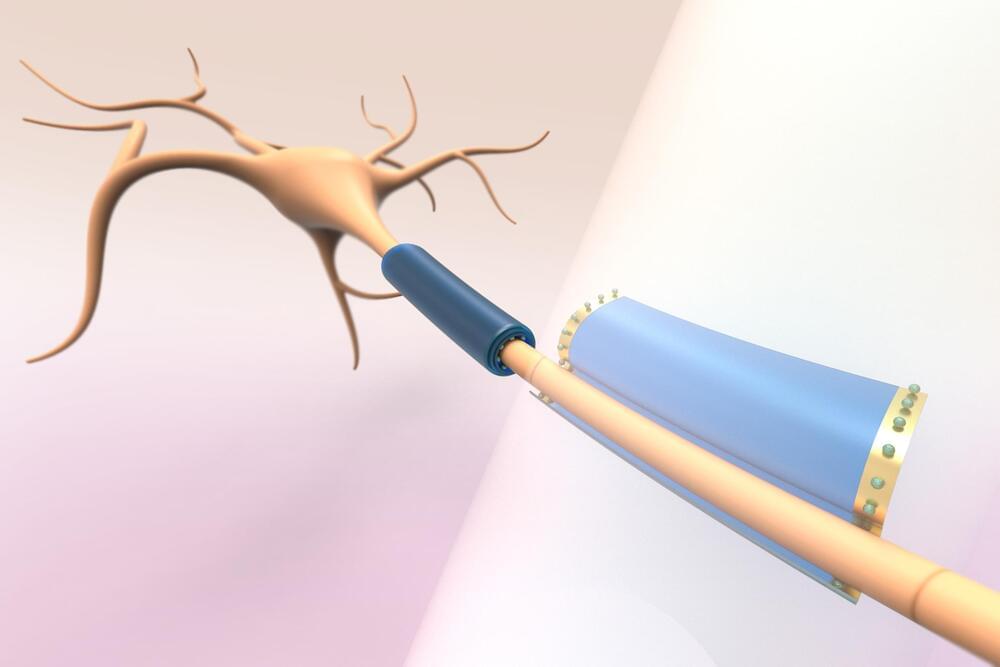

Breast cancer is the leading cause of cancer-associated death for women worldwide. While chemotherapy is the mainstream treatment for breast cancer, more than 50% of women undergoing chemotherapy will experience at least one chemotherapy-related adverse side effect. Sometimes, the side effects could be so severe that patients need to terminate treatment early or doctors have to reduce the chemo dosage, and this could worsen their disease. Prolonged exposure to high doses of chemotherapeutic agents could also result in resistance to chemotherapy.
A team of researchers from the National University of Singapore (NUS) is pioneering a novel magnetic therapy — delivered using the OncoFTX System — that serves as an effective companion therapy to chemotherapy to enhance treatment outcome for breast cancer.
Our magnetic technology stimulates cellular oxygen respiration to produce energy. In certain cancers with elevated respiratory rates — such as breast tumors — the magnetic pulses cause the cancer cells to ‘hyperventilate’ and die. Fortunately, the healthy tissues near the cancer are able to tolerate the increased respiratory rate, without ill consequences. Therefore, the OncoFTX System is more selective for cancer than conventional chemotherapy or radiotherapy. Importantly, this therapy is localized, non-invasive and painless.
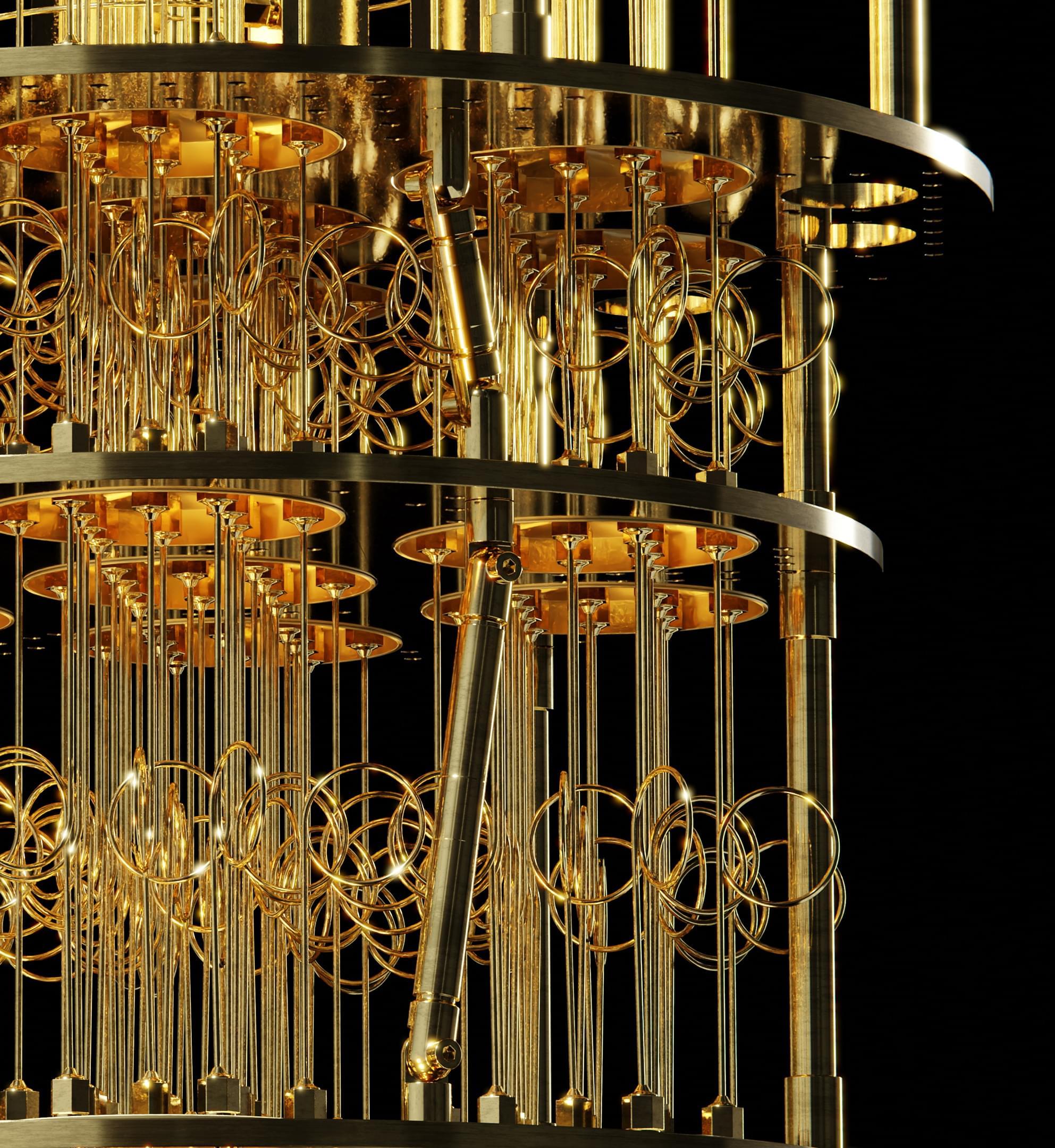
This was Mastercard in March: You probably do it every day without a second thought — shop online with your credit card, or install an update on your phone, or send a confidential file to a co-worker.
Mastercard’s efforts include a pilot to test whether quantum key distribution would work on its complex global network.